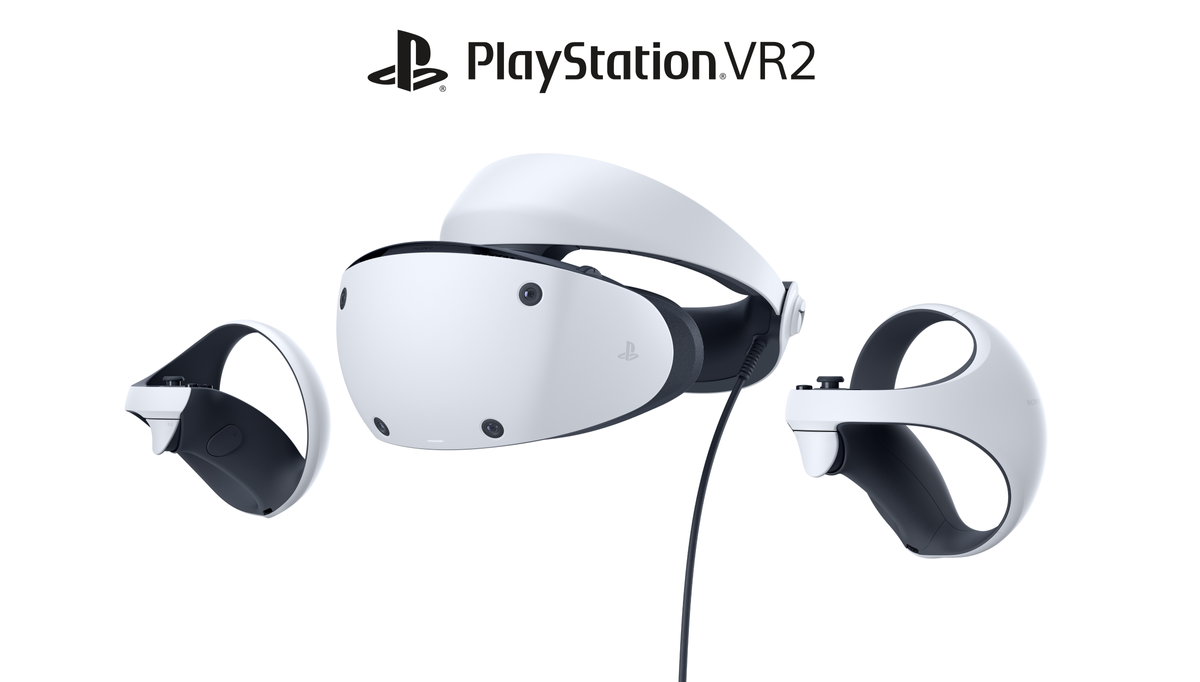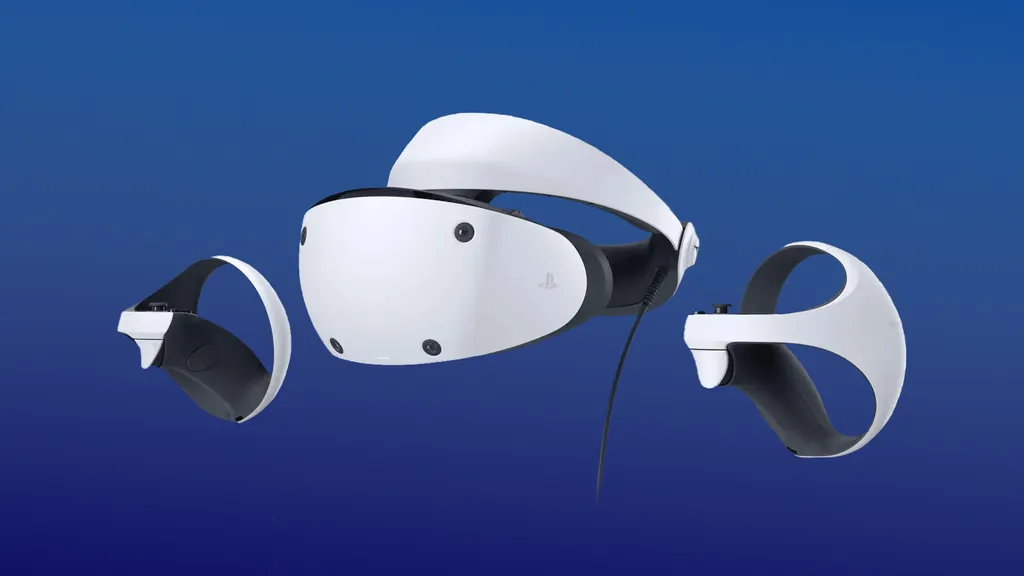PlayStation VR2's latest firmware update makes it present as a VR headset to PC graphics cards.
Last month Sony announced it plans "the ability for PS VR2 players to access additional games on PC" later this year. But it didn't say what form this support will take. Will it involve streaming from your PC to your PS5 over your home network? Will it function without a PC at all via the cloud? Or will it work directly without a PS5 involved, like a native PC VR headset?

Before this firmware update PSVR 2 presented as a monitor to compatible PC graphics cards, displaying your PC output on a floating virtual screen as it does with PlayStation 5 in non-VR apps and games (known as Cinema Mode). With the latest firmware this cinema mode no longer works, and it presents as "virtual reality headset".
To be clear though, this doesn't mean you can actually use PSVR 2 as a PC VR headset yet. To do that you'd need a driver.
The firmware update may suggest Sony itself plans to provide an official driver later this year. But even if it doesn't, there may be another option.
The developer of iVRy, who currently offers a PC driver for the original PSVR, has been working on a PSVR 2 driver and has provided it to just one tester so far. Before this firmware update iVRy discovered that a custom hardware adapter would be required to trick the headset into presenting as a VR headset, but iVRy now says this is no longer required for AMD cards. The status of NVIDIA cards isn't yet known.
But regardless of whether the driver is official or third-party, there is a significant caveat involved with the idea of using PSVR 2 directly on PC.
PSVR 2's cable has a single USB-C connector and carries 12V power as well as DisplayPort and USB3 data. This could be handled by the now-dead VirtualLink USB-C ports that were present on some NVIDIA 20-series and AMD RX 6000 series cards, but that would limit PSVR 2 support to only these specific outdated cards.
Supporting other graphics cards would require an adapter, either a VirtualLink adapter or another that can split the DisplayPort and USB 3 data while providing 12V power via power supply input. The problem is that the only VirtualLink adapter is $150-$350, and is no longer being manufactured.
This means that if Sony's plan for PSVR 2's PC support is in fact direct to the PC via cable (and that's still an if, to be clear) it will have to make an adapter to support the vast majority of graphics cards. That doesn't seem out of the question for Sony though, as it made an adapter to allow the original PSVR to be used on the PS5 console, and even offered it for free.





























